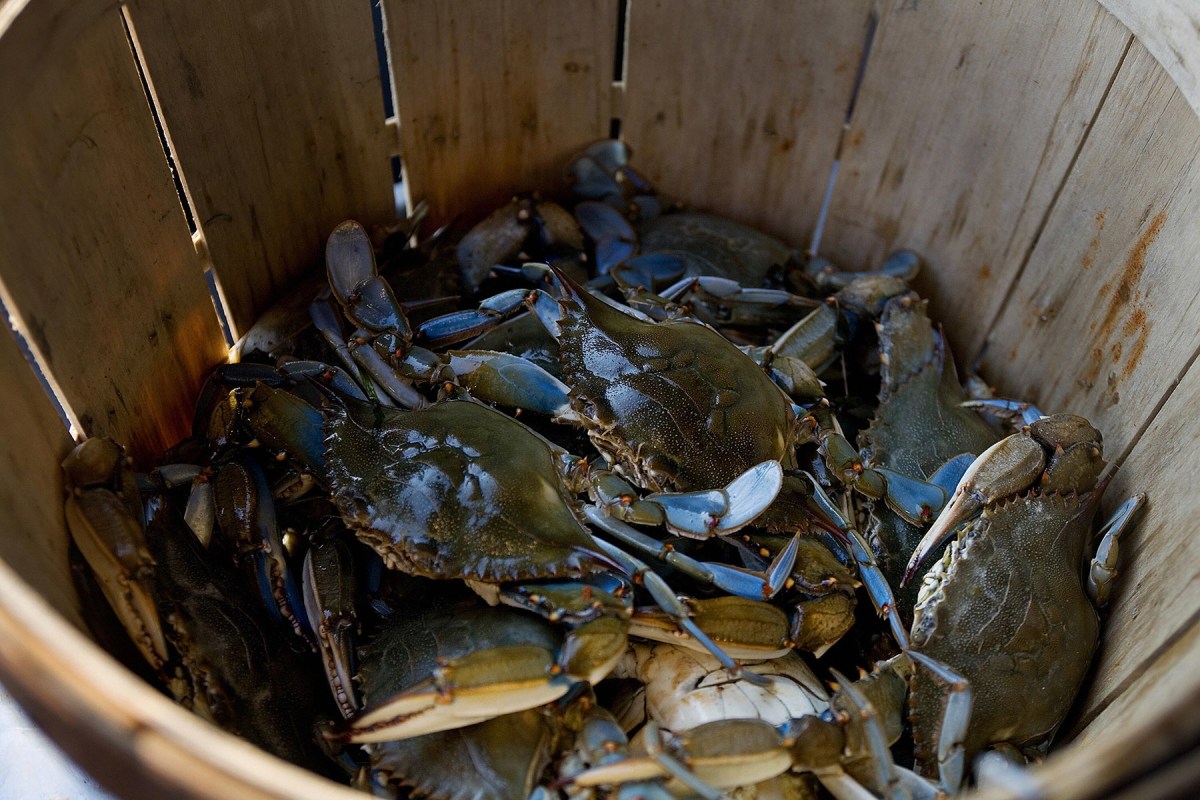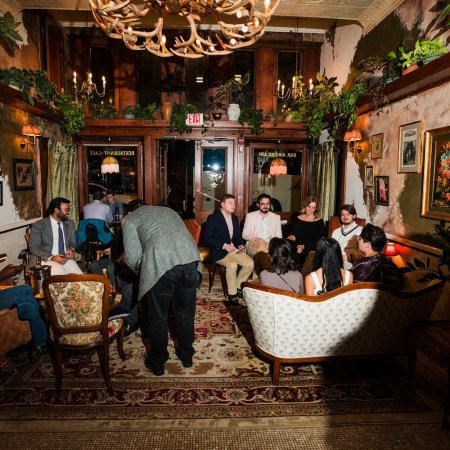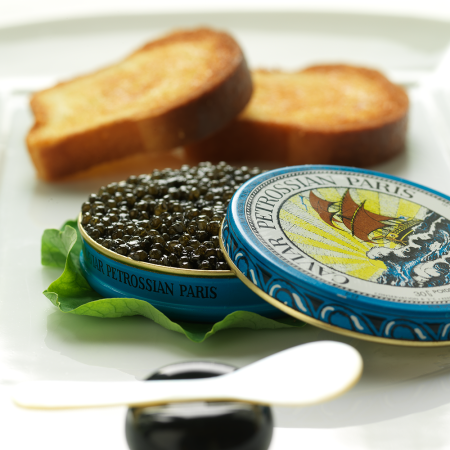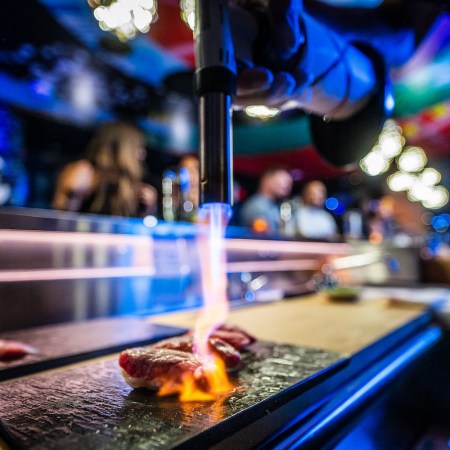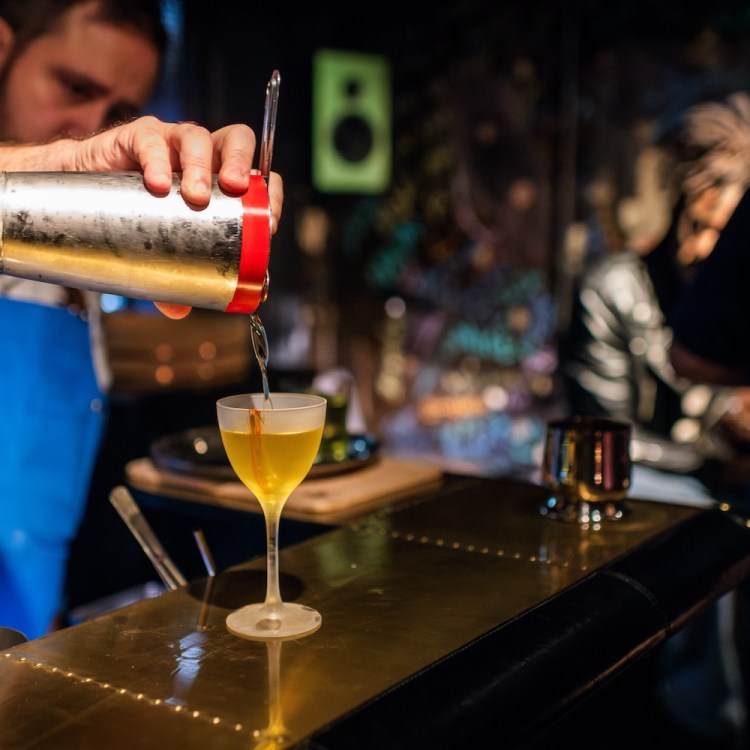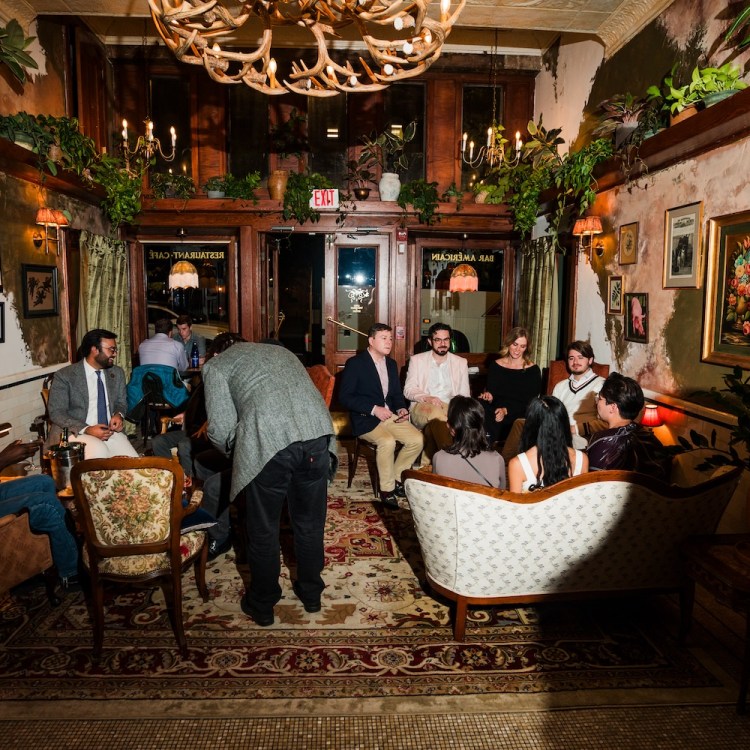As though DC restaurateurs hadn’t suffered enough in the wake of the pandemic, many local menus were shockingly devoid of a stalwart staple this season: blue crabs.
The about-face at restaurants like Ketch 22, Point Crab House & Grill, Woodmont Grill, and more had nothing to do with a lack of consumer demand. Rather, shockingly low crab populations in the Chesapeake contributed to soaring wholesale costs – $60 per pound instead of an average of about $20 – forcing the hands of restaurateurs. Other establishments like Bethesda Crab House or True Chesapeake Oyster Company coped with the shortage differently, opting to continue to serve crab, albeit with prices to match the hike – $24 per crab cake sandwich at the latter, instead of $19. Still others chose to eat the difference.
Professor Thomas Miller, director of the University of Maryland Center for Environmental Science and a member of Chesapeake Bay Stock Assessment Committee, says we should have seen this coming. Each year for the past twenty or so, Miller explains, a winter dredge survey is performed on the Chesapeake to get a read on the season ahead.
“Crabs in the Chesapeake Bay overwinter in the sediment; they’re not up and around,” he says. “And we take that opportunity to survey them when it’s easier to do.”
This past winter, the dredge survey had shown a sharp decrease in population: from 405 million in 2020 to 282 million in 2021. Juvenile crabs, in particular, hit their lowest level since 1990.
“The abundance of this winter of very small crabs was the lowest we’ve seen,” says Miller. “Those small crabs were supposed to join the fishery in sort of September [or] October. So the fact that there is no abundance now shouldn’t have been a surprise. Everyone should have known that was coming.”
What’s surprising to Miller, then, isn’t that we’re experiencing a late-season dearth, but rather that the early stages of the season was also bad, seeing as adult crab populations in the winter survey weren’t unusually low.
“We expected this portion of the season to be bad,” he says. “And so it’s proving. We didn’t expect the early portion to be as bad as it was.”
It’s difficult to pinpoint just one reason for this shortage. Some point to climate change, though Miller is unconvinced.
“Blue crabs occur from sort of southern New England all the way down the Atlantic coast of the U.S., through the Gulf of Mexico and the Caribbean down into Argentina,” he says. “The center of their distribution is in much warmer water than occurs along the U.S. Atlantic coast. If anything, you would have thought them to do better under a climate change scenario, not do worse.”
Others point to last year’s H2-B worker visa ban, which meant that hundreds of thousands of temporary foreign workers who would typically have been working in the fishery industry were nowhere to be found. But while this supply chain issue certainly played a role, it doesn’t account for the shortages.
“If I had a definitive answer for you, I would probably be running the blue crab fishery worldwide,” says Miller. “I don’t think that there are definitive, single-factor answers to this.”
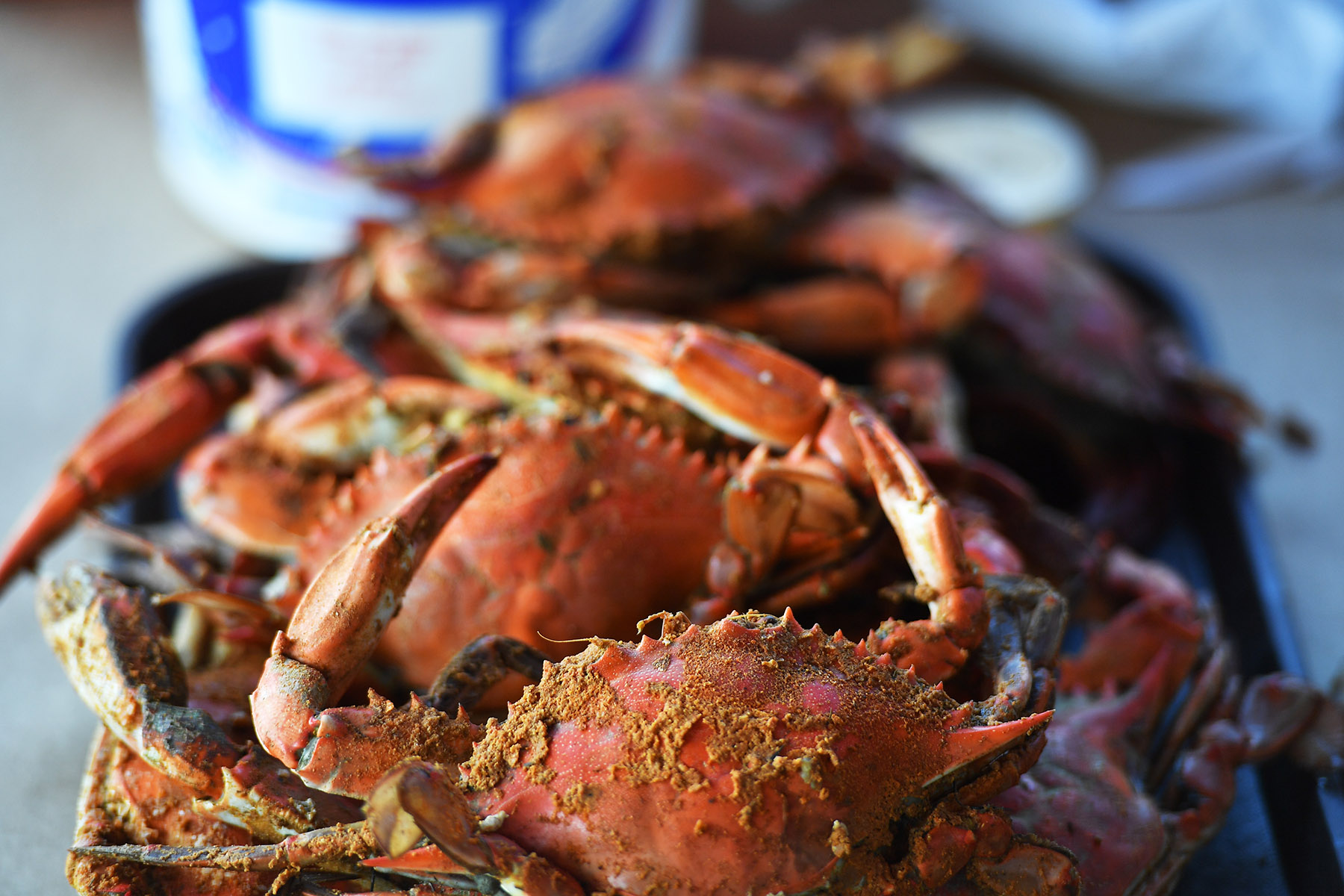
It’s tempting to catastrophize one bad year, but Miller puts this year’s shortage in perspective, noting that blue crabs are, quite simply, “an incredible weedy species, and by that I mean they have millions of offspring.” A “good-sized female,” he says, could be expected to release five million baby crabs.
“You have to think about why an animal would have five million offspring,” he says, “and the reason is that their survival is highly uncertain, even in the best of times.”
Variations year to year in population size, then, are to be expected. Indeed, this is not the first time we have seen low levels of the blue crab population: Miller points to a 13-year period beginning in 1994, when the industry was forced to change its management strategy to focus on the protection of the female crabs essential for the production of the next generation.
What is perhaps more novel are the market pressures unique to the pandemic, “both in terms of changes in demand and changes in the availability of processes to the foreign worker program to process crab meat,” he explains. “Those are very, very unique, modern factors that we’ve not seen before.”
As for next year, unfortunately, it’s hard to say what we can expect.
“In general, the more females you have, the more offspring you have,” says Miller. “That seems to be an obvious thing to say.”
It then stands to reason that because there were fewer young crabs late this year, the shortage is likely to continue.
“But as I said, the number of young crabs is highly, highly variable for reasons we don’t fully understand,” he says. “And so predicting how many there will be the next year is a major challenge that we have not overcome.”
“If we have another very, very bad year like we did this year, I think that will be a signal to the managers to really reevaluate how the resource is being managed,” he continues. “Successive bad years of production have consequences in an animal that only live three or four years.”
At this point, all we can do is wait and hope that the juvenile crab populations settling down to overwinter in the Bay bed are more consequential — and more resilient — than last year’s.
Every Thursday, our resident experts see to it that you’re up to date on the latest from the world of drinks. Trend reports, bottle reviews, cocktail recipes and more. Sign up for THE SPILL now.
